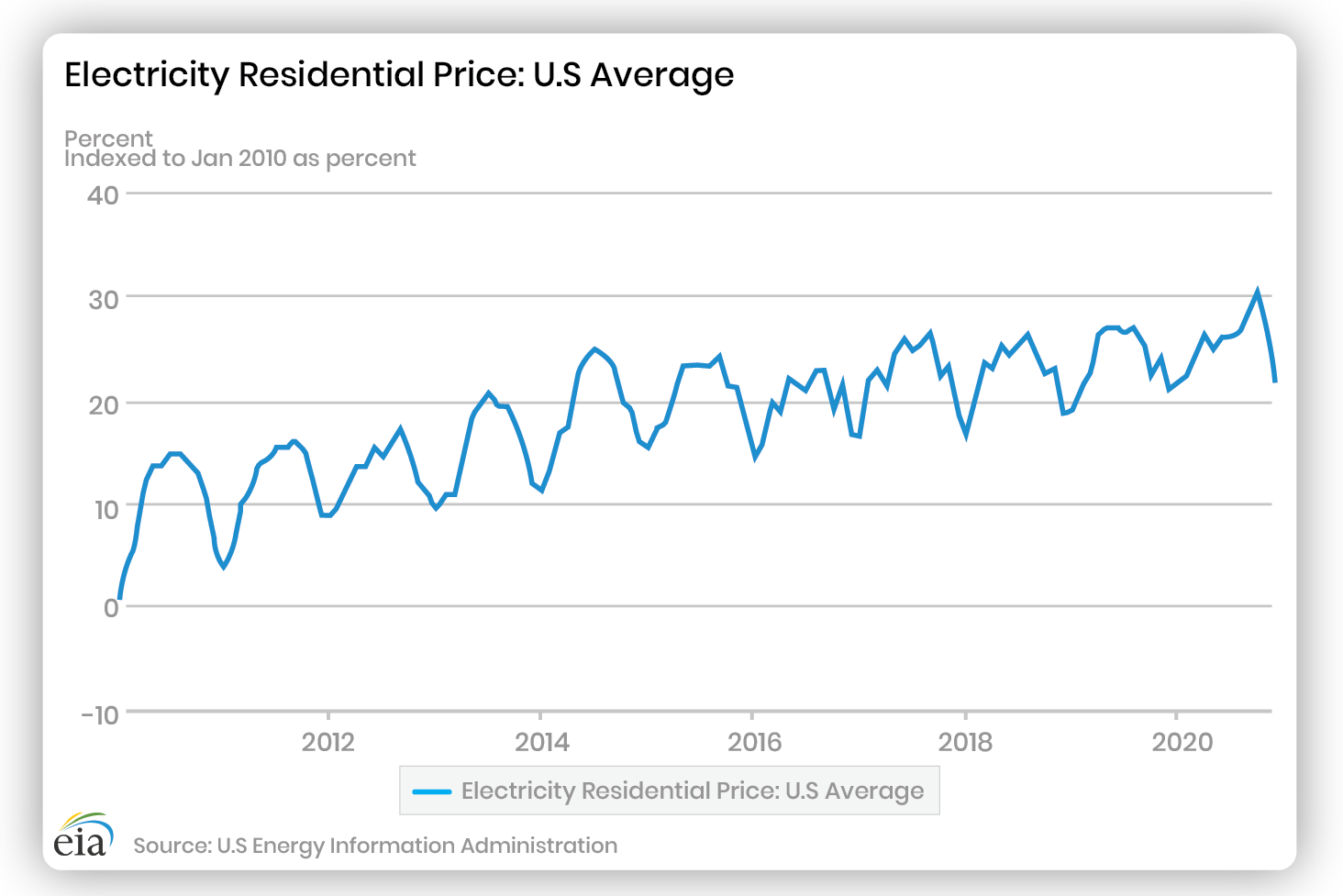
Utility companies have been known as America’s last monopoly because they increase costs at their discretion, and homeowners are forced to deal with it because they can’t choose a different provider. The only way to free yourself is to become energy independent.
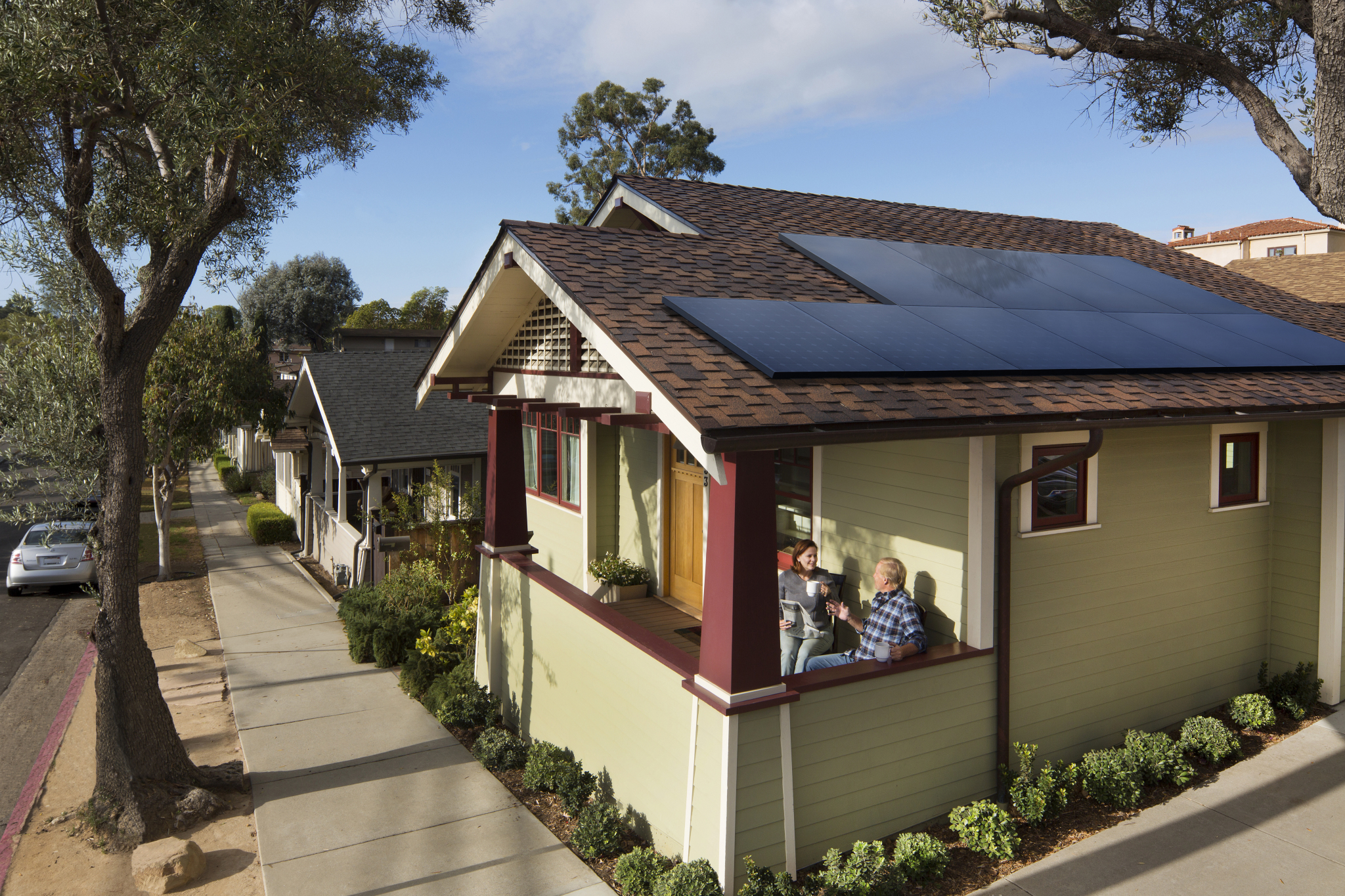
Solar energy positively impacts the environment by helping reduce carbon emissions and greenhouse gases. Solar energy can also improve air quality and reduce water use from energy production.
An average residential solar system is 9 kW, which roughly reduces the carbon emissions that are polluting our environment by 8,460 lbs of CO2. That’s the equivalent of 432 gallons of gas, which would be like taking your car off the road for almost an entire year or planting 180 trees!*
*Don’t believe us? Google ‘residential solar offset trees’!Warped Shingles: Too much heat from the outside is baking the shingle, or there is too much heat from the attic which can’t escape.
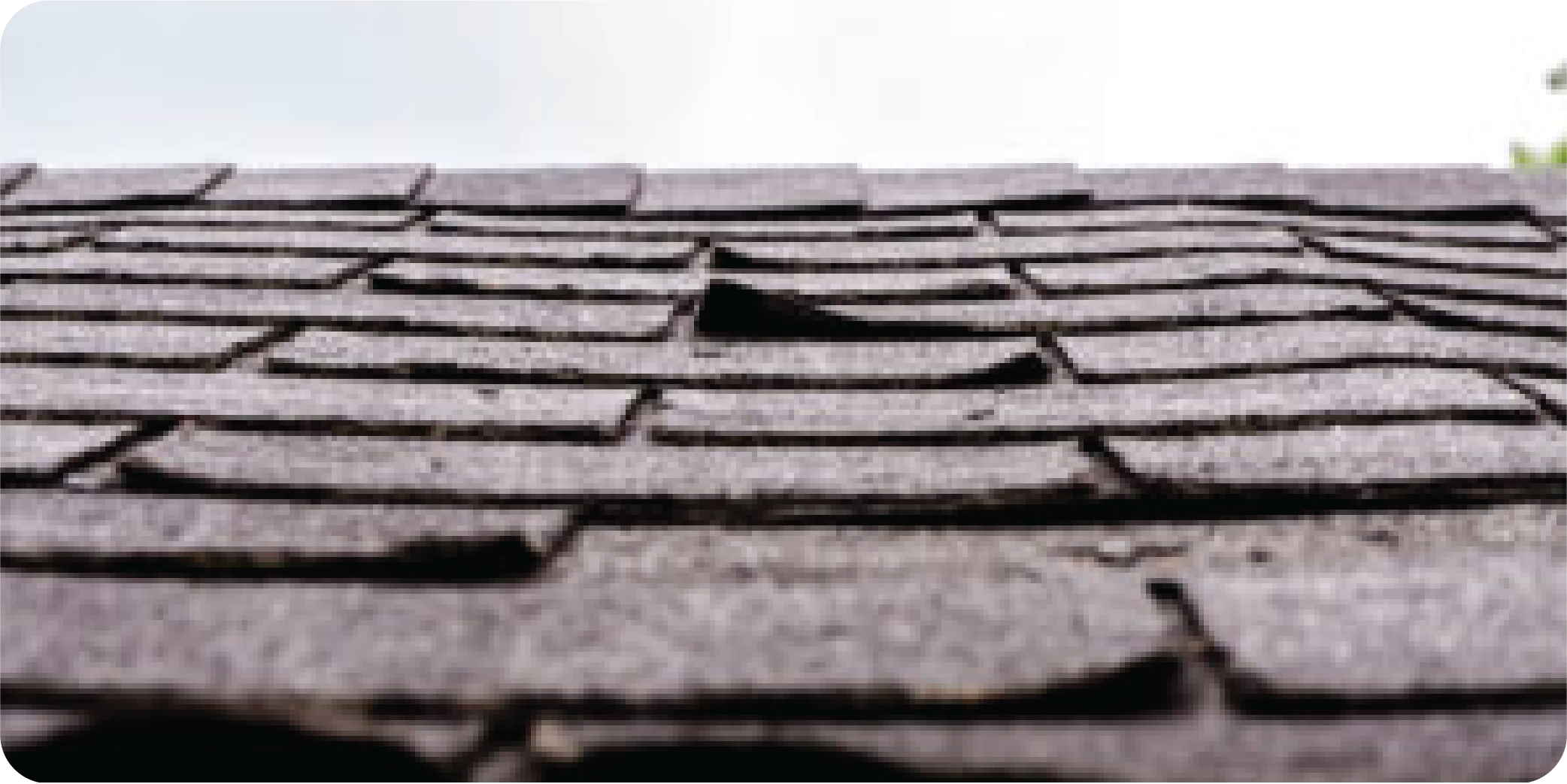
Streaking/Algae: Algae is growing on the roof, which means that shingles are no longer repelling water, and instead are absorbing water allowing plant life to grow.

Missing Shingles: You are no longer protected by your roof.
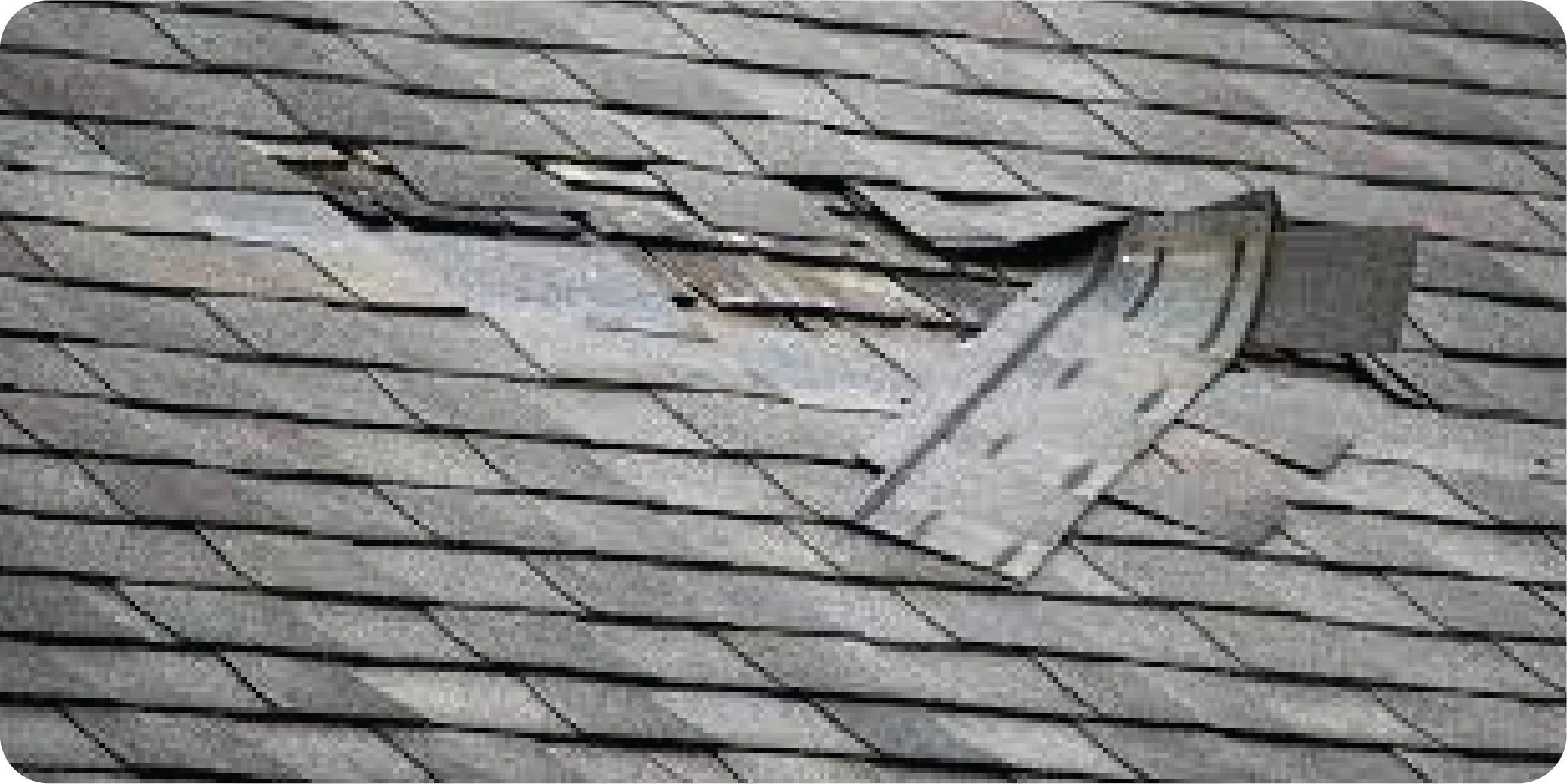
Chimney Flashing/Leaking Chimney: Any protrusion or roof/wall intersection is the most vulnerable area of the roof. The tar sealant cracks, the seams open, and water enters your attic.
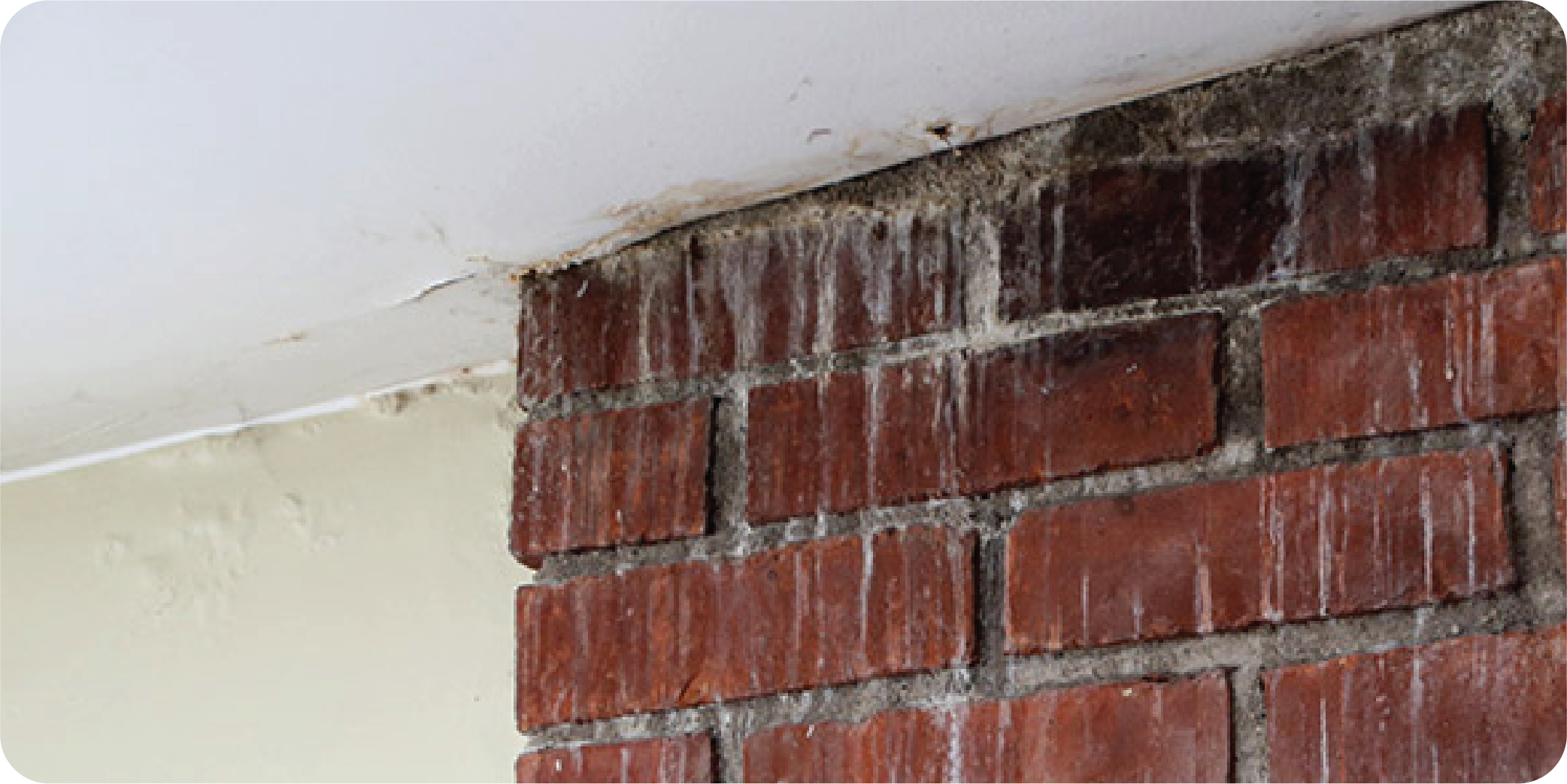
If you need a new roof to go solar, bundle it into your solar system and leverage the solar ITC to get a 30% tax credit. We will go over the details when we review your design together.
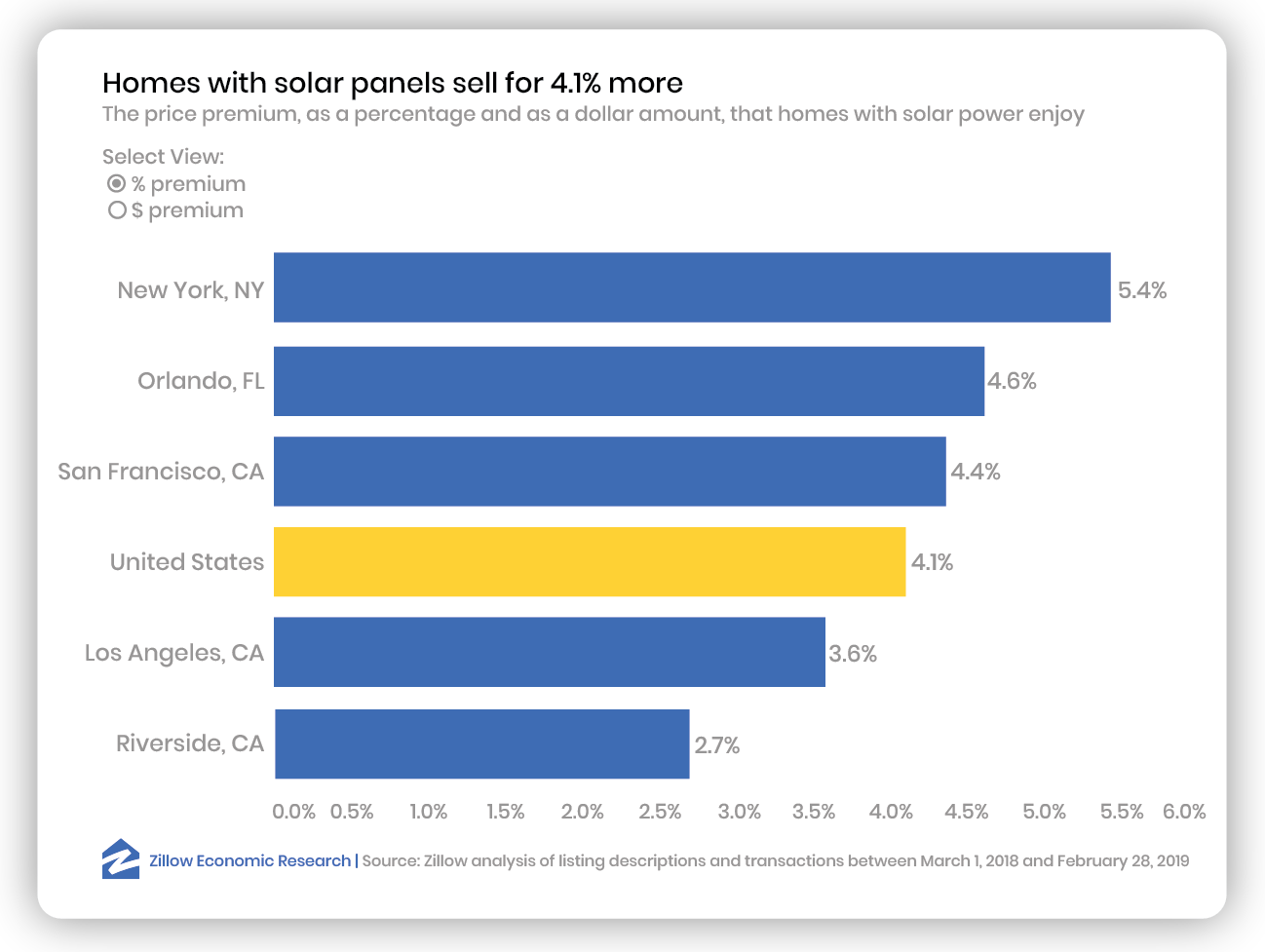
According to a recent study conducted by Zillow, homes with solar energy systems sold for 4.1% more on average than comparable homes without solar power.
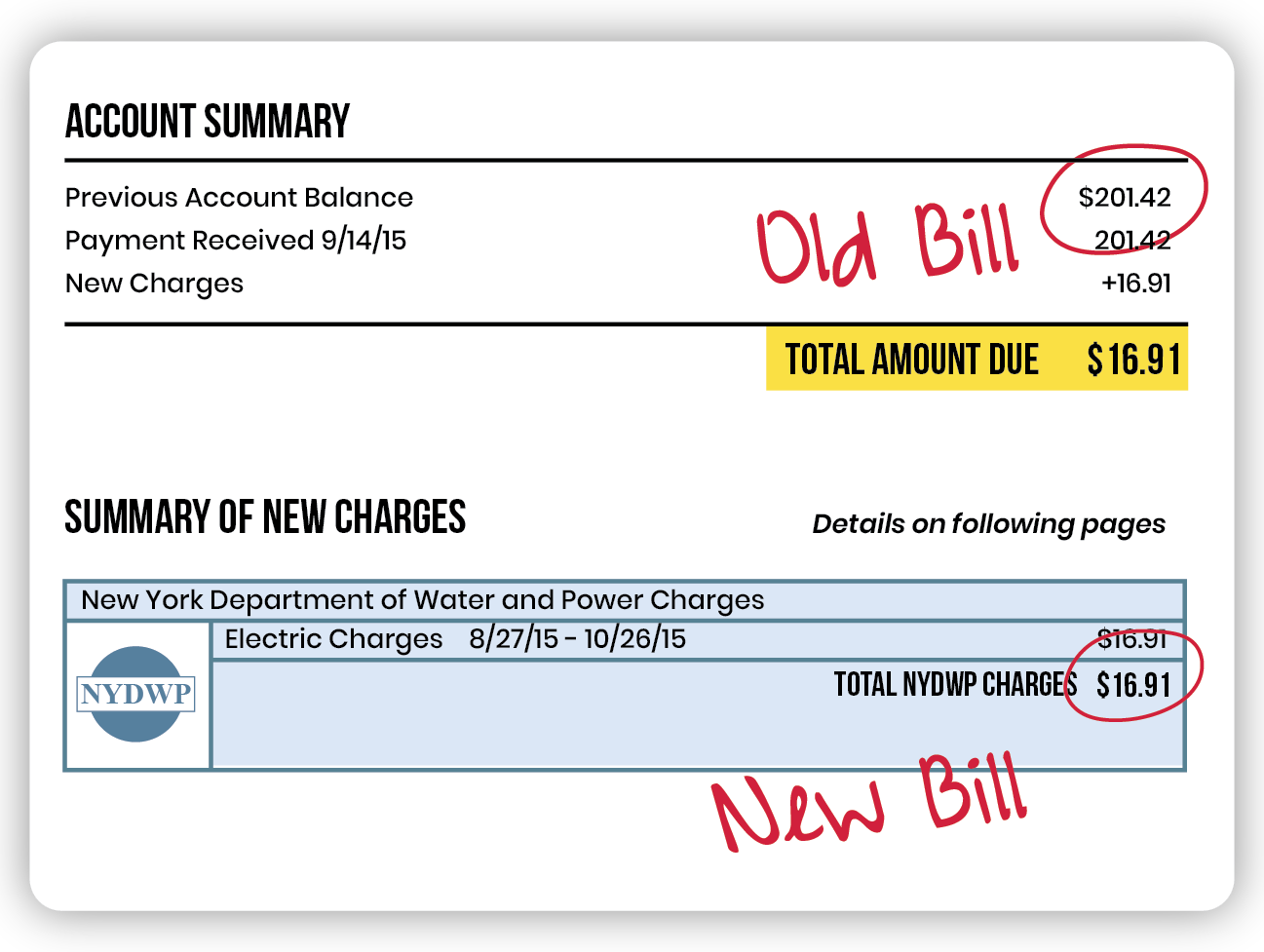
Solar panels generate their own power and can therefore greatly offset your monthly electricity bill, if not eliminate it. Furthermore, solar tax credits give you a dollar-for-dollar reduction against your federal income tax.
